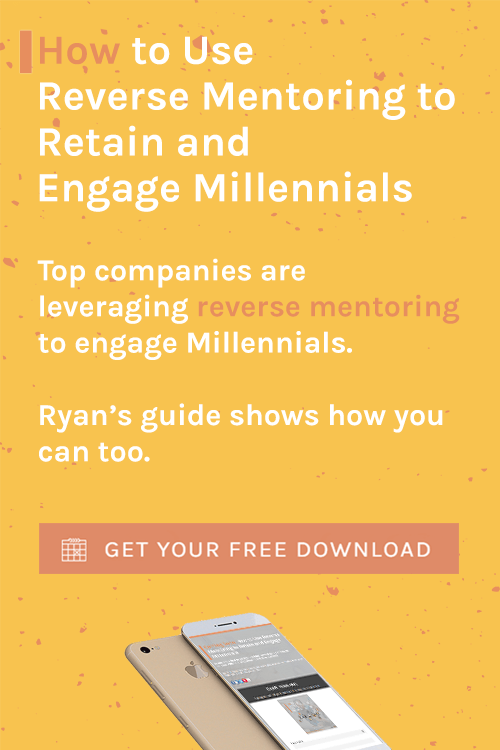In the past, apprenticeships, classes, manuals, mentoring, and conferences were how information was passed on to the next generation of workers. Today’s cutting edge companies are leveraging virtual classrooms, online quizzes, self-paced courses, discussion groups, blogs, and video games to train and develop the next generation worker. Technology and the Internet have shattered the boundaries of workplace learning and next generation training.
Because Millennials rate “professional growth and career development” as the #1 driver of engagement and retention at work, it’s important to better understand how learning and training is shifting in today’s workplace. Below are descriptions of the emerging methods of workplace learning supplemented by statistics that support the learning trends.
- E-learning (electronic learning) is an approach to administrating education and training through the use of modern technology. Classes can now be held in the cloud thanks to video conferencing, digital course materials, and real-time chat.
- By 2019, roughly half of college classes will be e-learning-based.
- M-learning (mobile learning) is defined as “learning across multiple contexts, through social and content interactions, using personal electronic devices.” A form of distance education, m-learners use mobile device educational technology at their time convenience.
- Mobile learning is growing globally by 18.2% per year.
Related Read: Generation Z Training Trends: Engaging The Next Generation Employee With Mobile Learning [Infographic]
- Micro-learning deals with relatively small learning units and short-term learning activities. Content is distributed in “microscopic” learning bursts (typically 2-10 minutes). Video is an ideal vehicle for delivering micro-learning.
- 87% of Millennials say they would choose to work for a video-enabled organization over a company that has not invested in video.
- On-demand learning (or just-in-time learning) is a training strategy for how users gain access to knowledge-based content in real time, anywhere, and at any time. No more classroom training. Users can tap into tutorials and videos to zero in on just the information they need to solve an immediate problem or update a specific skill.
- 50% of Millennial college students say they don’t need a physical classroom.
- Gamification is the use of game elements and game design techniques in non-game contexts. Game elements can include points, badges, leaderboards, leveling up, avatars, social graphs, and missions. There is a clear difference between gamification of learning and game-based learning. In game-based learning, learners play a game that encompasses a learning objective(s). When learning is gamified, a game is incorporated within the overall learning.
- 97% of youth play computer and video games.
Related Read: 18 Next Generation Statistics To Help Shape Your Millennial Training & Future Proof Your Organization
- Self-directed learning is where the individual takes the initiative and the responsibility for what occurs. Individuals select, manage and assess their own learning activities, which can be pursued at any time, in any place, through any means, at any age.
- 72% of Generation Z want the right to design their own majors.
Question: How do you prefer to train in the workplace?
Consider Ryan Jenkins to be your next Millennial/Generation Y or Generation Z keynote speaker by clicking here...
![]()






